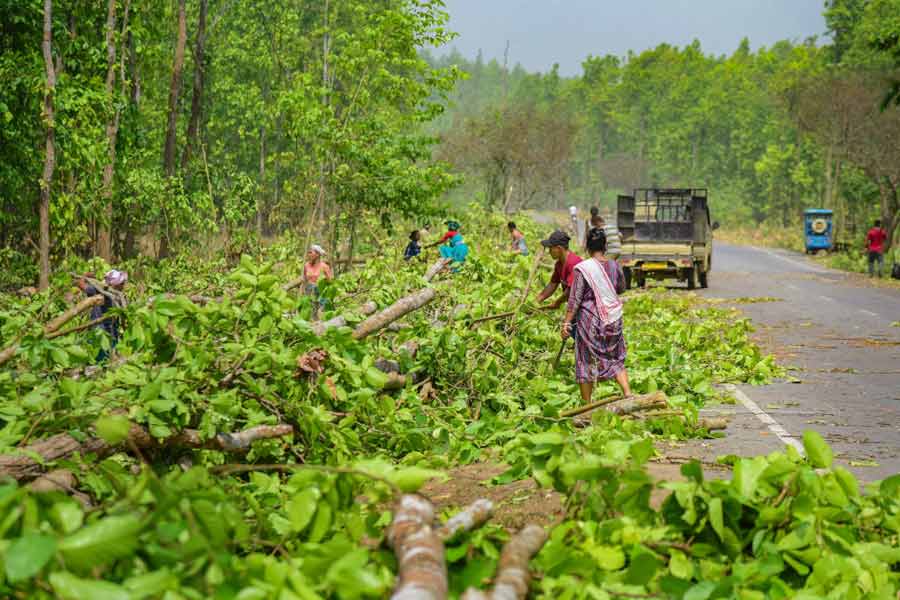According to the India State of Forest Report 2023, a biannual publication prepared by the Forest Survey of India, India’s forest and tree cover stands at 827,357 square kilometres, which is 25.17% of the country’s geographical area. The figure was 24.62% in the previous estimation conducted in 2021. Forest cover alone has increased by 156 sq km while the tree cover has risen by an impressive 1,289 sq km. This brings it a step closer to the realisation of the target set in the National Forest Policy of 1988 — India’s forest cover should at least be 33% of its geographical area. But this ‘success story’ seems to be based on worrying discrepancies in terms of data and interpretation. The Centre had passed the Forest (Conservation) Amendment Act in 2023 which diluted the definition of forest. The Forest Survey of India defines “forest cover” as land with a tree canopy density exceeding 10% and covering at least one hectare, thereby indicating that the category of ‘forest’ encompasses plantations, but exempts zoos and safaris even if they are located in forested areas, as well as community forests, which are managed by local communities. India, it must be stated, has witnessed the destruction of 24,651 sq km of dense forests in the two decades since 2003.
However, the report emphasises that such a massive loss was offset by the rapid transformation of 15,530 sq km of non-forested land, essentially plantations, to dense forested land in that period. But can a loss in dense forest cover of such magnitude be compensated by the growth of non-forested land? There are other concerns. The 25% increase in forest and tree cover does not include the losses in ecologically important but fragile landscapes like the Western Ghats and the Eastern States Area, which recorded a decadal dip of 58.2 sq km. India’s mangrove cover also witnessed a decline of 7.4 sq km. The administrative impetus seems to be to prioritise the quantitative dimensions of enhancing forest cover instead of focusing on the quality of forest so that India can continue to claim that it is growing its carbon sink to adhere to national climate change commitments while allowing a faulty template of development to proceed unimpeded.
The ISFR 2023 hides or is silent on other warts too. For instance, one of the significant emerging threats to the country’s green cover is the phenomenon of wildfires. An objective assessment of the personnel and the equipment available to contain these infernos must be a policy prerogative. The weakening of environmental regulations — the Forest (Conservation) Amendment Act in 2023 further pruned the ambit of the Forest Conservation Act 1980 — remains a perpetual concern. An objective assessment of the state of India’s forests is not possible without the redressal of these challenges.










